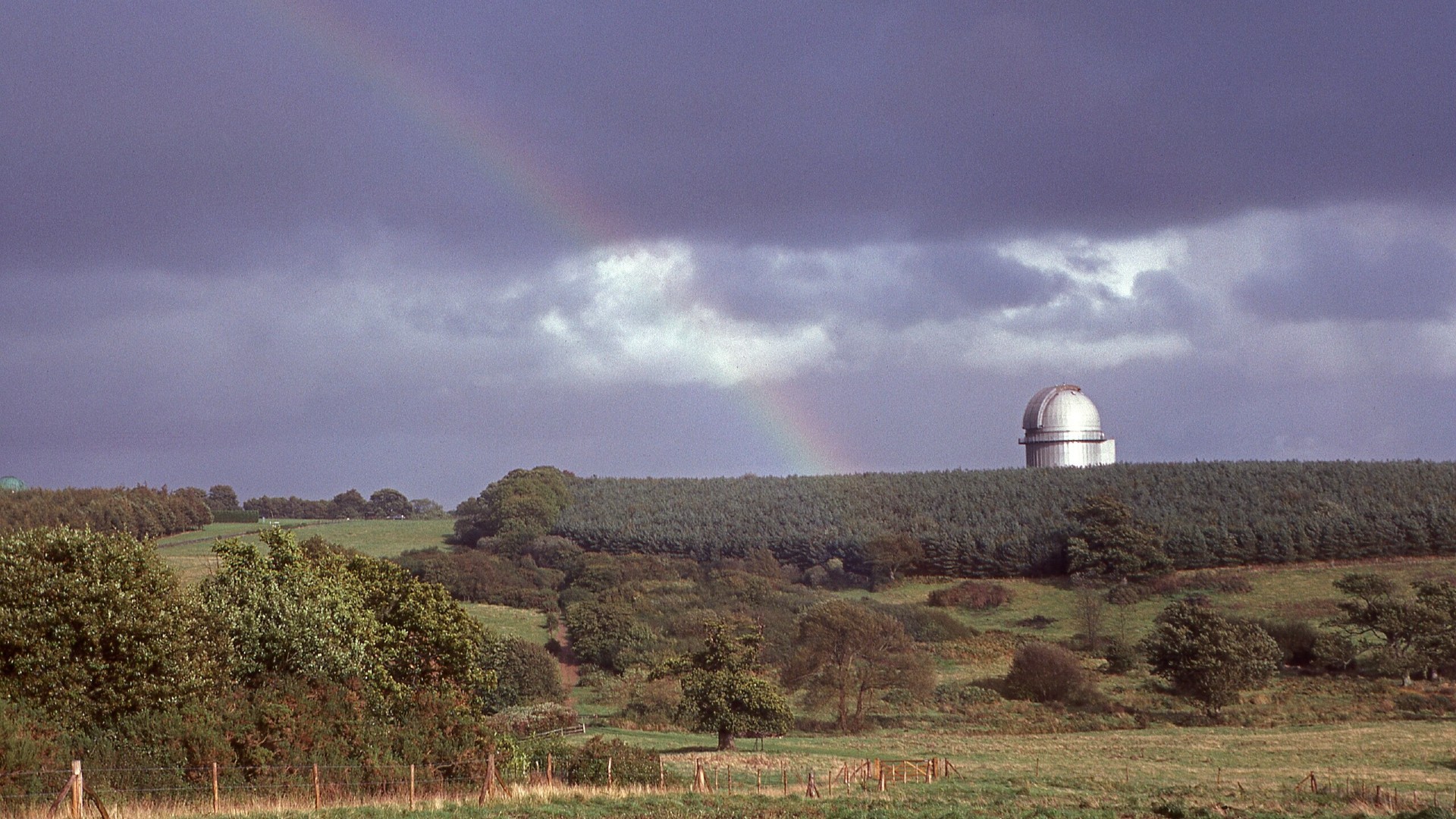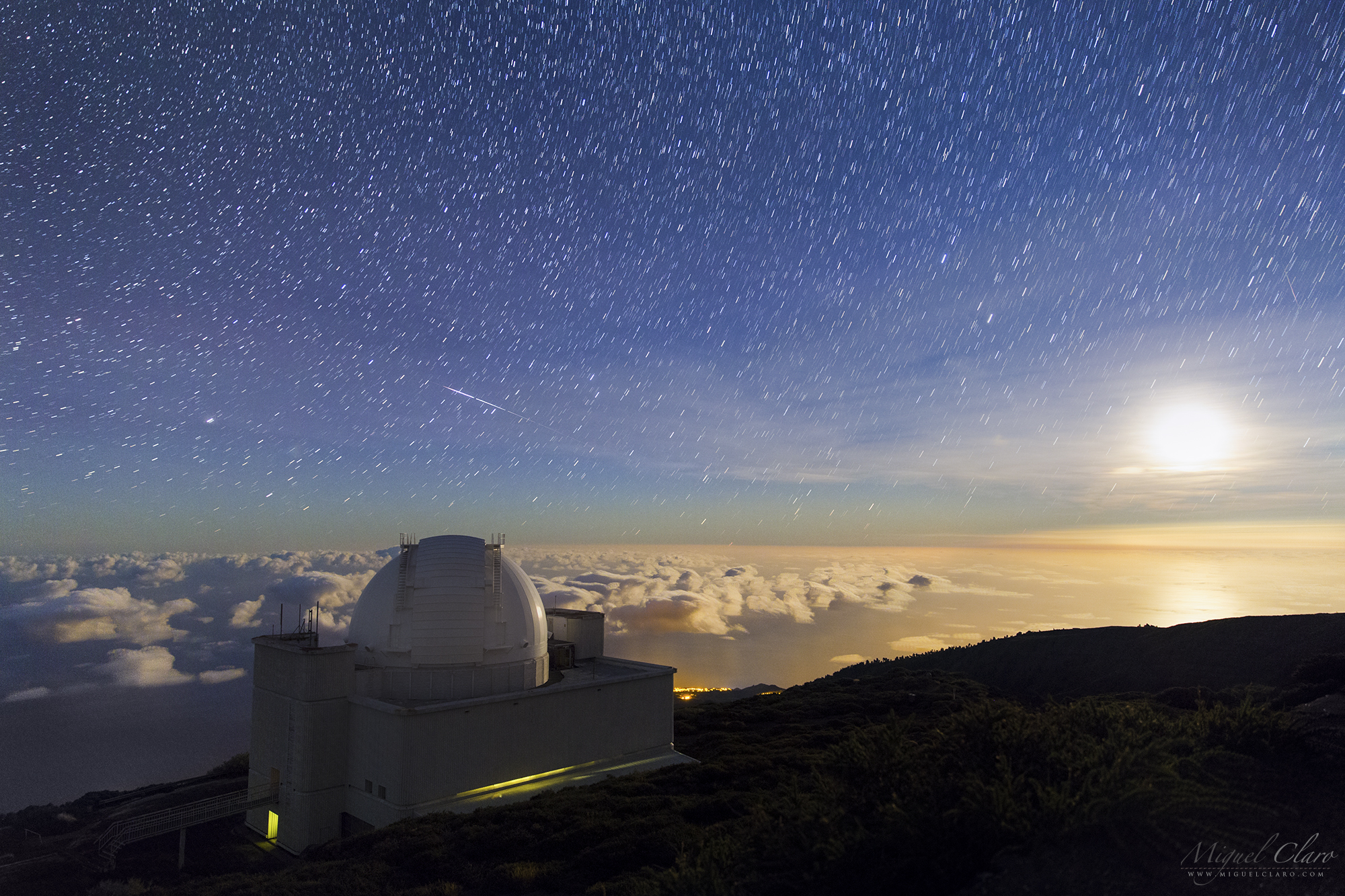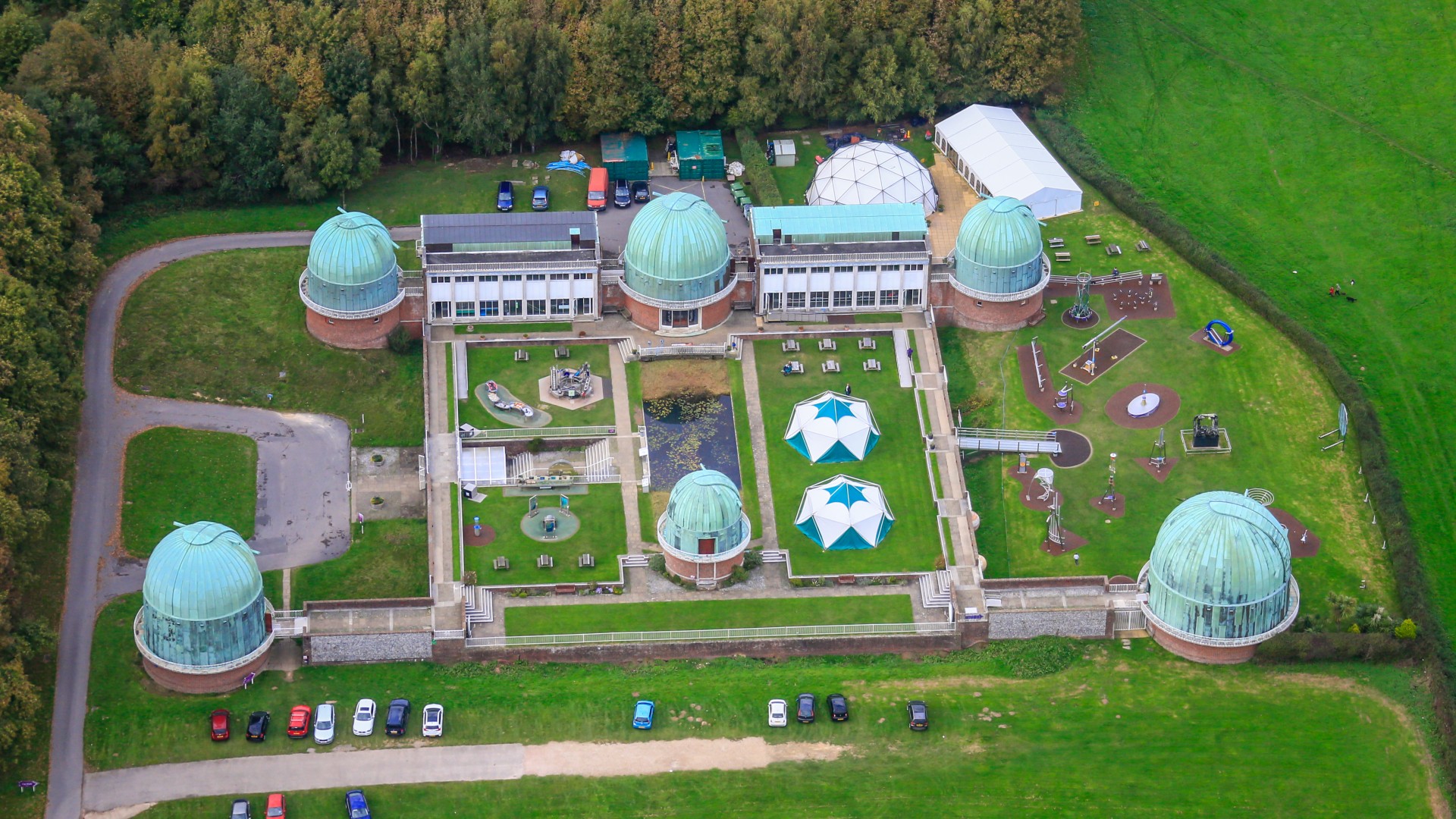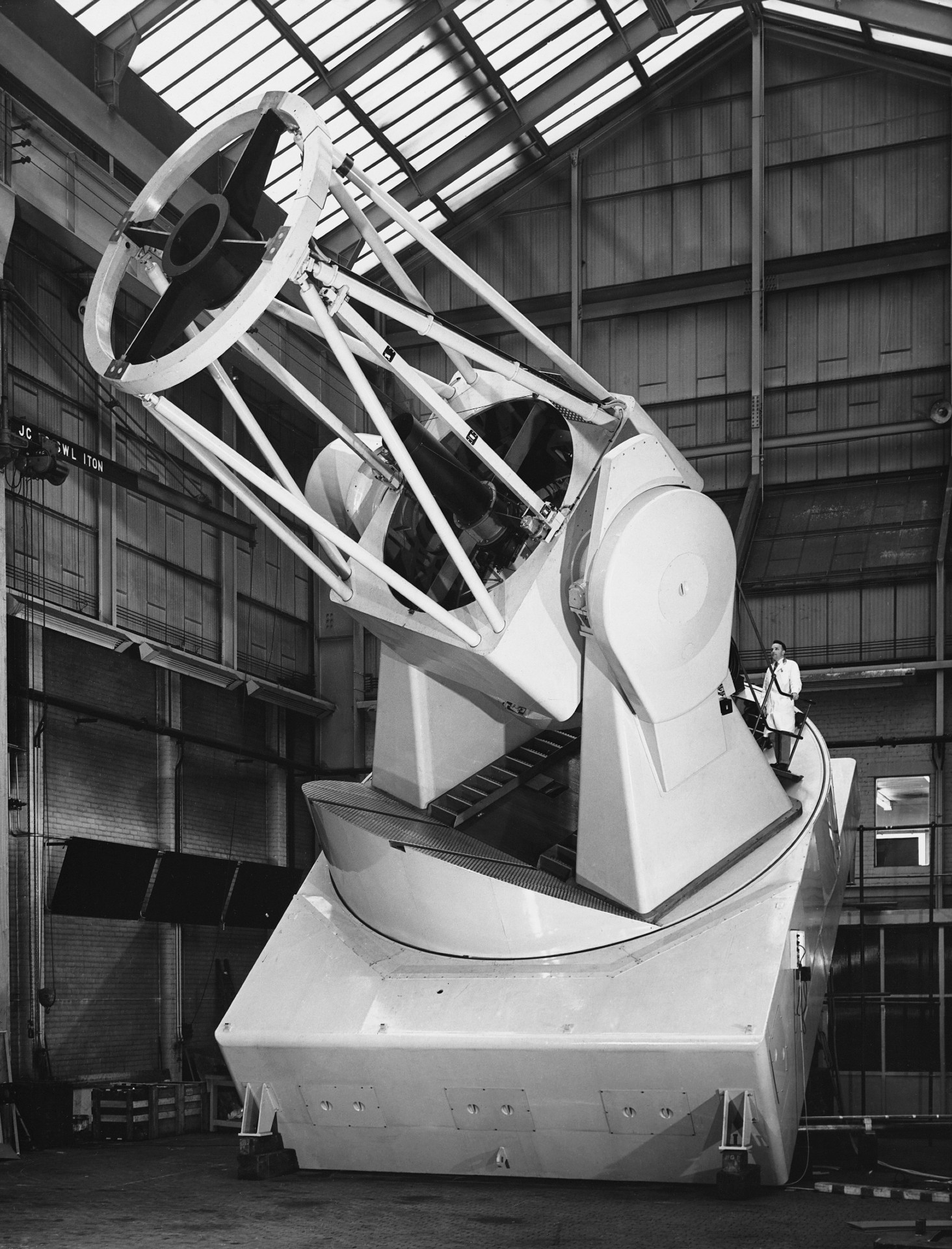Greenwich Observatory’s Lost Legacy?
What’s happening to one of Britain’s most important astronomical landmarks? A historic site tied to centuries of stargazing faces possible closure — and the fight to preserve it is gaining momentum.
Just outside the quaint town of Herstmonceux in East Sussex lies a cornerstone of British astronomy — the former home of the Royal Greenwich Observatory. This iconic institution, originally founded in 1675 in Greenwich, London, helped shape how we navigate the Earth and understand the stars. But now, the historic Herstmonceux site, which hosted the observatory after its relocation from London, faces an uncertain future.
From Sun Charts to the Prime Meridian
The Royal Observatory was established in Greenwich with one clear mission: to create accurate star maps and develop timekeeping tools to support Britain’s naval dominance. Its work in charting the skies was so influential that, in 1884, Greenwich was chosen as the location of the Prime Meridian — the global reference point for 0˚ longitude.
But as London grew more polluted and light-filled, stargazing in the city became impossible. By the 1930s, astronomers needed darker skies. After years of deliberation — and a delay caused by World War II — the observatory operations moved to Herstmonceux between 1947 and 1958.

A Second Chance Through Restoration
Thankfully, the story didn’t end there.
In 1995, the charity Science Projects secured a lease on the site and began an ambitious restoration. Backed by local councils and lottery funds, they restored the telescopes and domes and transformed the area into the Observatory Science Centre. In 2004, the buildings were granted Grade II* listed status for their historical importance.
Since then, the Centre has welcomed over 60,000 visitors each year, offering hands-on science exhibits, stargazing events, school visits, and public lectures. It has become both a scientific monument and a treasured community asset.
Under Threat: Eviction by 2026
In mid-2024, the Canadian-owned Queen’s University — current owners of the Herstmonceux estate — announced they would evict the Observatory Science Centre by 2026. The decision shocked the community and triggered public outcry. A petition to save the site has already gathered over 12,000 signatures.
Despite the backlash, Queen’s University has shared little about their future plans. In February 2025, they stated they would “honor the site’s legacy,” but offered no details. For now, the future of this historic observatory — and the iconic Equatorial Group domes — remains in limbo.
.
Why This Site Matters
This isn’t just a local issue. The Herstmonceux site represents:
-
A global legacy in timekeeping, navigation, and astrophysics
-
Home to one of the largest European telescopes of its time
-
A preserved piece of British scientific heritage
-
A unique public science resource for future generations
What Happens Next?
Without swift action, this extraordinary center of learning and history may be lost once more. Supporters are calling for a long-term lease renewal, public ownership options, or even government intervention to preserve this piece of UK and global astronomy history.

FAQs About the Royal Observatory at Herstmonceux
Is the Royal Greenwich Observatory still in Greenwich?
The original site in Greenwich remains open as part of the National Maritime Museum. However, most scientific operations moved to Herstmonceux in the 20th century before transitioning to Cambridge.
Why was the observatory moved from London?
Increased air and light pollution in London made astronomical observations nearly impossible, prompting the move to East Sussex.
What is the Isaac Newton Telescope used for now?
It now operates from La Palma in the Canary Islands, continuing research in astrophysics under darker, clearer skies.
Can the public still visit the Herstmonceux observatory?
Yes, but the Observatory Science Centre is under threat of eviction by 2026, which could close the site permanently.
How can I help save the site?
You can sign the Save the Observatory petition and share the story with others to raise awareness.
Don’t Let History Disappear
Do you believe the Royal Greenwich Observatory’s Herstmonceux site should be saved for future generations? Share your thoughts below or support the petition — because preserving science heritage matters more than ever.
Read our previous article: Could James Webb Spot Life on Hidden Ocean Worlds?
